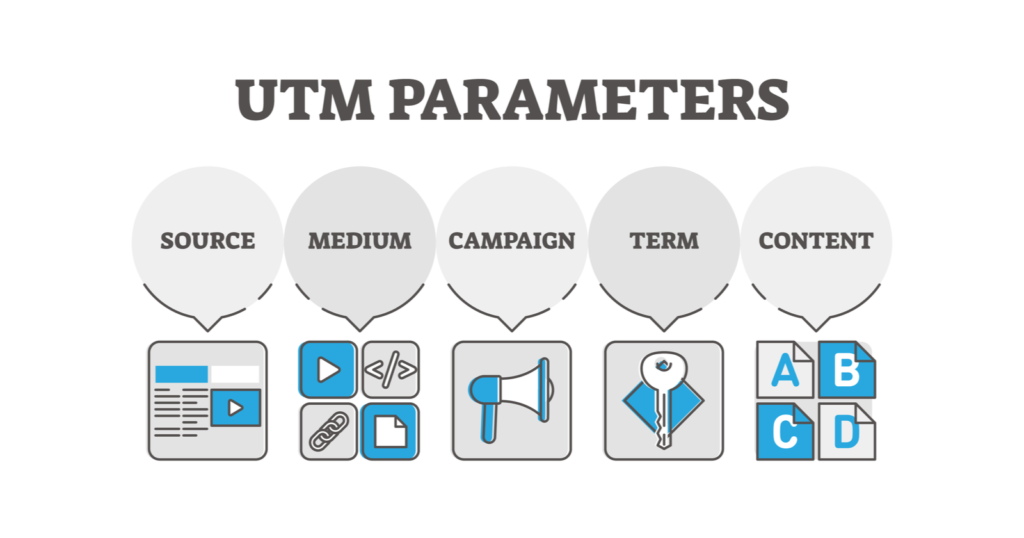In ecommerce, data is power. But raw numbers are useless without context. You might be seeing a spike in traffic or conversions — but do you really know where they came from?
That’s where UTM tagging earns its place as one of the most underrated tools in the ecommerce toolkit. Simple to implement, but powerful when used properly, UTM tags help you track what’s working and what isn’t — so you can stop guessing, and start scaling.
This guide will walk you through exactly how to use UTM parameters to measure and optimise your ecommerce marketing, across every channel that matters.
What Are UTM Tags?
UTM stands for “Urchin Tracking Module” (a holdover from Google’s early analytics days). But don’t let the name put you off. UTM tags are just little snippets of code you add to the end of a URL to help track where your traffic is coming from.
Example:
When someone clicks that link, your analytics tool records where they came from — and which campaign brought them there.
No more vague “direct” traffic or misleading “referral” sources. Just clear, structured insight you can act on.
Why Ecommerce Brands Should Care About UTM Tags
You’re running paid ads, email campaigns, influencers, affiliates, PR pushes, maybe even experimenting with AI platforms like ChatGPT or voice assistants. But if you’re not tagging links, you’re flying blind.
Here’s what UTM tags let you do:
- Track ROI across every channel: Know which ad, post, or email drove the sale
- Compare campaign performance: See what messaging or offers convert best
- Optimise budgets: Shift spend toward what’s actually working
- Test landing pages: See which variations lead to higher conversions
- Report with confidence: Give your team or clients real data, not assumptions
If you’re serious about growing an ecommerce brand, UTM tagging isn’t optional. It’s how you separate good marketing from guesswork.
The Five Key UTM Parameters (And How to Use Them)
There are five main UTM parameters. You don’t need to use all five every time, but here’s what each one does:
- utm_source (Required)
Where the traffic is coming from. Examples:- newsletter
- chatgpt
- utm_medium (Required)
What kind of channel it is. Examples:- cpc (for paid search)
- social
- affiliate
- utm_campaign
What campaign this is part of. Examples:- black-friday-2025
- summer-sale
- new-arrivals
- gift-guide
- utm_term
Mainly used for paid search to identify the keyword or product focus. Examples:- running-shoes
- leather-handbags
- eco-toys
- utm_content
Used to differentiate between versions of the same ad or link. Examples:- ad-version-a
- carousel-image-2
- button-vs-text-link
Where to Use UTM Tags on an Ecommerce Site
Anywhere you’re sharing a link to your site, you should consider UTM tags. Some key places for ecommerce:
- Paid social ads (Instagram, Facebook, TikTok, Pinterest)
- Google Ads and Shopping campaigns
- Email campaigns and newsletters
- Affiliate and influencer links
- YouTube video descriptions
- PR campaigns or guest articles
- WhatsApp and Messenger links
- Product links shared on ChatGPT plugins or AI tools
Each of these can drive valuable traffic — but without UTM tags, you’ll never know which ones actually led to sales.
How to Create UTM-Tagged Links Without Losing Your Mind
There are dozens of UTM builders out there, but the real power comes from being consistent.
Here’s a quick system ecommerce teams can adopt:
Step 1: Set a naming convention
Choose consistent naming for your source, medium, and campaign terms.
- Always use lowercase
- Use hyphens instead of spaces
- Avoid over-complication
Example:
- Instagram Ad → utm_source=instagram&utm_medium=social&utm_campaign=spring-launch
- Newsletter → utm_source=newsletter&utm_medium=email&utm_campaign=new-arrivals
Step 2: Use a spreadsheet to manage campaigns
Log each campaign with columns for:
- Channel
- Date
- UTM-tagged URL
- Goal (e.g. product, collection, blog)
- Notes on performance
Step 3: Shorten your links
UTM URLs can look messy. Use tools like Bitly or Rebrandly to clean up links for ads, bios, or influencer content.
Tracking UTM Performance in GA4
Once your UTM-tagged links are live, you’ll want to track performance in Google Analytics 4.
In GA4:
- Go to Reports > Acquisition > Traffic acquisition
- Use the “Session source / medium” dimension
- Filter by your custom UTM parameters (e.g. instagram / social)
- Drill down to landing pages, conversions, and revenue
You can also set up exploration reports to compare specific campaigns side-by-side, or to break down performance by device, location, or product.
Want to go deeper? Combine UTM data with your ecommerce goals or event tracking to see which campaign not only brought traffic, but actually drove sales.
Real-World Ecommerce UTM Examples
Example 1: Paid Instagram Ad for Trainers
Example 2: Newsletter Link to a Gift Guide
Example 3: Influencer Link via Bio
All three will show up clearly in your reports — making it easy to see what’s working, what’s not, and where to double down.
UTM tagging gives ecommerce teams the visibility they need to spend smarter, scale faster, and act with confidence. It takes a few extra seconds to set up — but the payoff in insight and clarity is massive.


